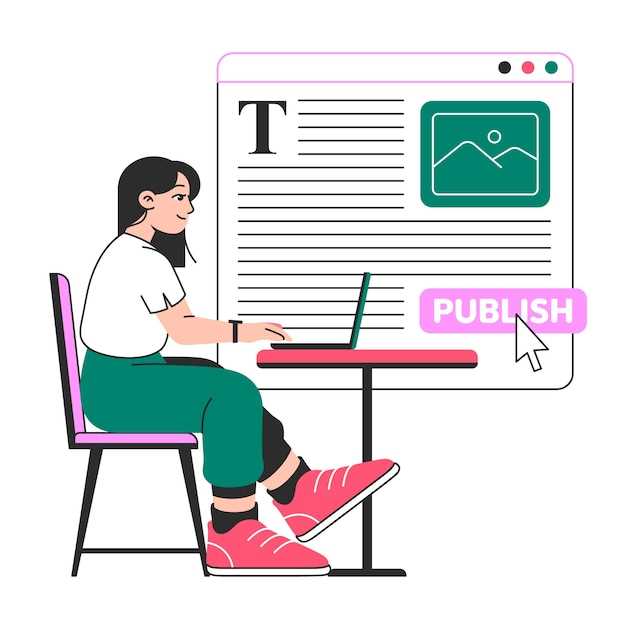
Start with a clear thesis statement. This single sentence sets the direction for your entire essay. Make it specific and debatable to grab attention. For example, instead of “Education is important,” try “Access to quality education reduces poverty by 20% in developing nations.”
Outline your main points before writing. Spend 5 minutes organizing your ideas into three key arguments. This keeps your essay focused and saves time later. Use bullet points to map out your thoughts quickly.
Choose reliable sources to support your claims. Websites ending in .edu or .gov often provide credible data. For example, if you’re writing about climate change, cite recent studies from NASA or the IPCC.
Write in short, clear sentences. Avoid complex phrases that confuse readers. Instead of “It is imperative to consider the ramifications,” say “Think about the effects.” This makes your essay easier to read and understand.
Edit ruthlessly. After writing, cut unnecessary words and check for grammar errors. Tools like Grammarly can help, but always review manually to ensure your voice stays authentic.
Practice timed writing. Set a 30-minute limit for a 500-word essay. This builds speed without sacrificing quality. Over time, you’ll write faster and more confidently.
How to Choose the Right Topic for Your Essay
Pick a topic that genuinely interests you. Writing becomes easier when you’re passionate about the subject. If you’re unsure, brainstorm ideas related to your hobbies, current events, or personal experiences. Narrow down your list by focusing on topics with enough available research or unique angles.
Consider your audience and purpose. Think about who will read your essay and what you want to achieve. For academic essays, choose a topic that aligns with the assignment guidelines and allows for critical analysis. For creative or persuasive essays, select a subject that sparks curiosity or invites discussion.
Test your topic’s scope. A broad topic can overwhelm you, while a narrow one may lack depth. Adjust by asking specific questions or adding constraints. For example, instead of “climate change,” explore “the impact of urban green spaces on local air quality.”
Research briefly before finalizing. Check if there are enough credible sources to support your essay. If information is scarce, tweak your topic to make it more researchable. This step saves time and ensures you have a solid foundation to build on.
Stay flexible. If you hit a roadblock during writing, refine your topic. Adjusting your focus can lead to a more engaging and manageable essay. Keep your goal in mind, and don’t hesitate to pivot if needed.
Structuring Your Essay for Maximum Clarity
Begin with a strong thesis statement that clearly outlines your main argument. Place it at the end of your introduction to guide the reader through your essay. Use concise language and avoid vague terms to ensure your point is easily understood.
Break your essay into three main sections: introduction, body, and conclusion. Each body paragraph should focus on a single idea. Start with a topic sentence that introduces the paragraph’s main point, followed by evidence or examples. End with a sentence that connects back to your thesis.
Use transition words like however, therefore, and for instance to link paragraphs and ideas. This creates a logical flow and helps the reader follow your argument effortlessly.
Keep your paragraphs balanced in length–aim for 4-6 sentences each. If a paragraph grows too long, split it into two to maintain readability. Avoid cramming multiple ideas into one paragraph, as this can confuse the reader.
Conclude your essay by summarizing your main points without introducing new information. Restate your thesis in a fresh way and leave the reader with a thought-provoking idea or call to action.
Finally, review your essay to ensure each sentence contributes to your argument. Remove any unnecessary words or repetition to maintain clarity and precision.
Time-Saving Techniques for Research and Writing

Use online databases like Google Scholar or JSTOR to find credible sources quickly. Filter results by publication date to access the most recent studies.
- Create a detailed outline before writing. Break your essay into sections and list key points for each.
- Set a timer for focused work sessions. Try the Pomodoro Technique: 25 minutes of writing followed by a 5-minute break.
- Use citation tools like Zotero or EndNote to organize references and generate citations automatically.
Skim articles by reading abstracts, introductions, and conclusions first. Highlight or note down only the most relevant information.
- Write your first draft without editing. Focus on getting ideas down, then revise later.
- Use templates for common essay structures, such as argumentative or compare-and-contrast formats.
- Collaborate with peers for feedback. Share drafts and discuss ideas to refine your work faster.
Keep a running list of sources as you research. This prevents last-minute searches for citations and ensures accuracy.
Polishing Your Essay: Editing and Proofreading Tips

Read your essay aloud to catch awkward phrasing or unclear sentences. Hearing the words helps identify areas that need improvement.
Check for consistency in tone and style. Ensure your writing matches the intended audience and purpose, avoiding sudden shifts in language.
Focus on one aspect at a time. First, review grammar and punctuation, then move on to sentence structure, and finally, examine word choice.
Use tools like Grammarly or Hemingway Editor to spot common errors, but don’t rely solely on them. Manual review is still necessary for context-specific issues.
Take breaks between writing and editing. Returning to your essay with fresh eyes makes it easier to spot mistakes and improve clarity.
Ask a friend or peer to review your work. A second perspective can highlight areas you might have overlooked.
Trim unnecessary words and phrases. Concise writing is often more impactful and easier to understand.
Verify all facts, quotes, and references. Accuracy strengthens your argument and builds credibility.
Print your essay for a final review. Seeing it on paper can help you notice errors that were missed on the screen.
Set a deadline for editing to avoid overthinking. Perfection is unattainable, but a polished, error-free essay is achievable.